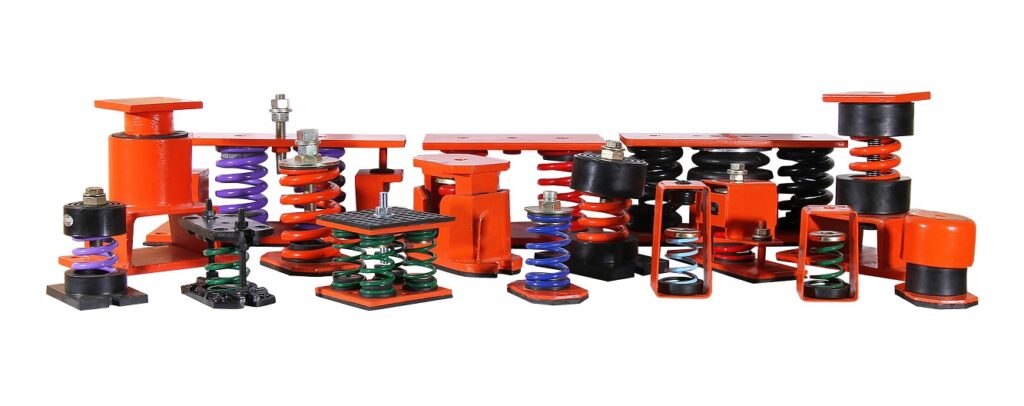Machine vibrations are one of the most common causes of machine breakdowns. Before, we learn how to reduce vibrations in machines, let’s understand what exactly Vibration is.
In simple terms vibration in mechanical equipment is simply the back and forth motion or oscillation of machines and components, such as pumps, compressors, generators and so on that make up mechanical systems. These oscillations may be periodic, like the swings of a pendulum, or random, like the movement of a tire on a gravel road. Vibration wastes energy while it creates unwanted deformation and noise. For example, most of the vibrational motions of engines, electric motors and other mechanical devices in operation are unwanted. Imbalanced rotating parts, uneven friction, the meshing of gear teeth and other problems can cause vibration.
This unwanted Vibration can be reduced using the following five tips :
- Force Reduction
- Mass Addition
- Tuning
- Isolation
- Damping
• Force Reduction of inputs related to rotating components, such as unbalance, misalignment, looseness, and rubbing, will result in a corresponding reduction of vibration response. For force inputs at or near the system natural frequency, fn, (resonance), amplification of the vibration response is likely occur. This may cause otherwise acceptable (residual) force inputs to result in excessive vibrations. For well damped systems, force reduction may sufficiently control the vibration response. For lightly damped systems, force reduction is typically used in conjunction with Tuning.
• Mass Addition will reduce the effect (system response) of a constant excitation force. This method of vibration reduction is based on a simple application of Netwon’s 2nd Law which states that F = M a (where F= Force (N), M = mass (g) , A = Acceleration (m/sec2). It implies that if the system’s mass is increased while the force input remains constant – the acceleration (vibration response) of the system is reduced. This approach to vibration control
is specifically useful to equipments with high vibration forces such as diesel engines and pumps.
Easyflex Inertia Bases are based on this very same principle, where the mass of the system is increased using a steel frame poured with concrete, as a support for the pumps. This Frame is then installed on Spring Isolators for reduction of vibration emanating from the pump.
• Tuning or changing the natural frequency of a system will reduce the amplification due to resonance/vibration. When the natural frequency is changed so that it does not coincide with frequency of a specific force input, there is a reduction in the system’s vibration. Adding stiffness in order to increase the natural frequency is the most common example of tuning to reduce vibrations.
• Isolation reduces the unwanted vibration response of a system by rearranging the excitation forces so that inertia (mass) opposes force in the system. This is done using the support of Vibration Isolators or resilient supports which can be elastomeric based, spring based or pneumatic. These isolators are designed and selected depending on the load of the equipment, the natural frequency of the isolated system and the frequency of the force input.
Easyflex has a complete range of Vibration isolators for suitable for all MEP equipment such as Fans, Cooling Towers, Chillers, Pumps, Condensers, Air Handling Units and Compressors. These isolators can be Spring based or elastomeric based and floor mounted, ceiling suspended or wall mounted depending on your equipment’s installation orientation.
Our In-house engineering team can perform Vibration troubleshooting, testing and analysis on your equipment and suggest the appropriate Vibration Isolator model to be used to effectively reduce vibrations.
• Damping is the conversion of vibrations/mechanical energy into heat. This method of vibration control occurs at or near resonance through the dissipation of energy in the form of heat. These damping forces can be Viscous, Coulomb or Structural. Viscous damping forces are generated by masses moving through a fluid such as silicone oil.
Easyflex Spring & Viscous Dampers, used specially for blowers, centrifuges, fans and pumps works on the principle of dissipation of energy due to fluid flowing through orifices. Our In house vibration isolator selection software takes the equipment frequencies, loads and RPM into account to select the suitable vibration isolator/damper for your HVAC
equipment.
Tell us more about your application and we will be happy to suggest a suitable method to reduce the vibrations transmitted by your machine!

